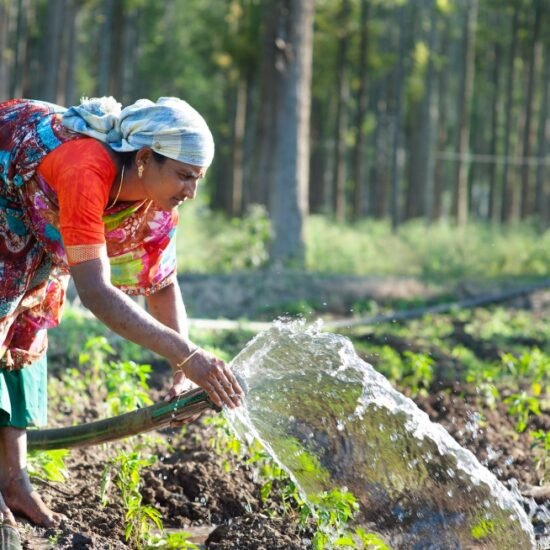
Goyal was speaking at a webinar on cotton organised by the Confederation of Indian Textile Industry (CITI)
Union Minister for Commerce & Industry, Textiles, Consumer Affairs and Public Distribution, Piyush Goyal, recently took part in a webinar on cotton organised by the Confederation of Indian Textile Industry (CITI) coinciding with the Global Cotton Day and ’Azadi Ka Amrit Mahotsav’ and CITI- CDRA Golden Jubilee Celebrations on the theme ’Moving Beyond the Conventional Paradigms.’
Goyal mentioned that with collective efforts by the entire cotton value chain, in the coming years, India will not only be Atmanirbhar in every sphere of cotton but will also emerge as a sole supplier of good quality cotton in the world. India is working on suitable interventions for enhancing productivity in cotton such as high-density planting system (HDPS), drip irrigation, rainwater harvesting, inter-cropping, promotion of best farm practices and mechanisation of cotton harvesting for reducing the contamination of cotton and improvement in farm income.
The minister said that the government and the industry need to work together for the progressive development of the cotton value chain. He said that it is time to show that the target of $44 billion for this year is easily achievable and we are eagerly looking for more daunting challenges like reaching a $350 billion market size, including $100 billion exports by 2025-26.
The minister further stated that farmers should be motivated through awareness meetings, timely advisories and transfer of technology from the lab to field in the most effective manner by using natural methods and adopting modern scientific farm practices. The domestic textile industry, instead of importing contaminant controlled cotton from other countries, should come together to strategise and implement more sustainable ways of cotton production in collaboration with the cotton research institutes and farmers.
Goyal said, “Our focus should be on enhancing our productivity from the current level of around 450 Kg lint per hectare to at least 800-900 Kg lint per hectare by adopting the latest innovative technologies and global best farming practices.”






